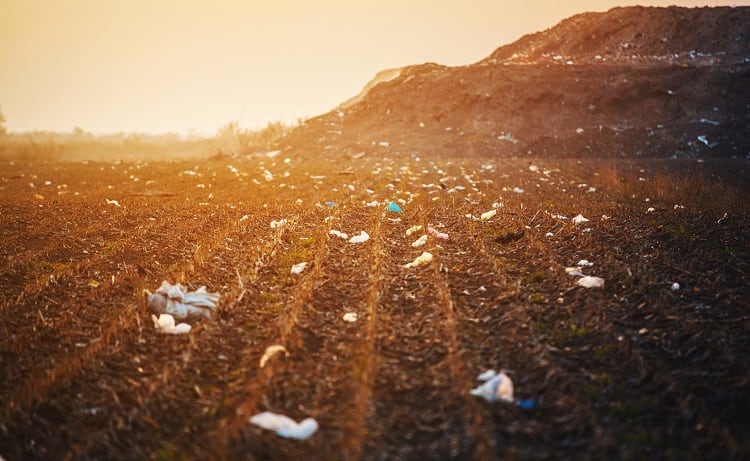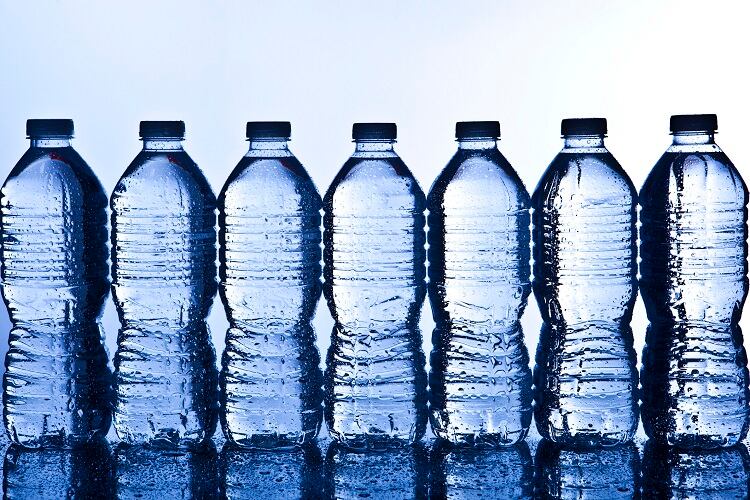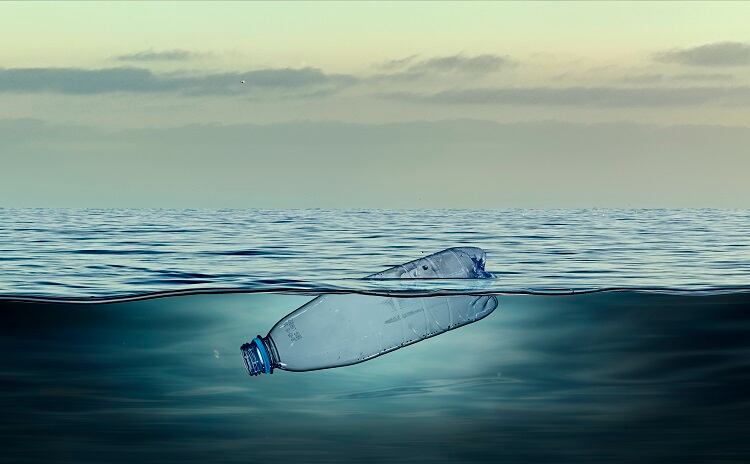Plastic pollution is a global concern. In the environment, mismanaged plastics break down into smaller pieces known as microplastics (less than 5 millimetre in size) and sub-micron plastics (less than 1 micrometre in size). The latter is thought to be so small they can pass through physiological barriers and enter organisms.
Whether, and to what extent, sub-micron plastics can penetrate organisms’ tissues and transfer up the food chain has not yet been thoroughly investigated. Until now.
Testing for polystyrene and polyvinyl chloride
In a new study from the University of Eastern Finland, researchers have sought to find out how sub-micron plastic particles are taken up by plants from the soil and transferred into links of the food chain.
To do so, the researchers developed a novel, metallic fingerprint-based technique to detect and measure nanoplastics in organisms. In this study, published in NanoToday, the team applied the technology to a model food chain containing of three trophic levels.
They employed lettuce as a primary producer, black soldier fly larvae as a primary consumer, and the insectivorous fish (roach) as a secondary consumer.
The plastic used in the study was waste commonly found in the environment, including polystyrene and polyvinyl chloride nanoplastics.
A potential health risk to humans
The lettuce in question was cultivated in soil contaminated with nanoplastics for a period of 14 days. From there, the crop was harvested and fed to the black soldier fly larvae, which is a source of protein in many countries. Once five days of feeding had passed, the insects were then fed to the fish – again, for a period of five days.
The researchers analysed the dissected plants, larvae, and fish, using their scanning electron microscopy.
“Our results show that lettuce can take up sub-micron particles from the soil and transfer them into the food chain,” noted lead author Dr Fazel Monikh from the University of Eastern Finland. Specifically, they observed that nanoplastics were taken up by the roots of the plants and accumulated in the leaves.
These nanoplastics were then transferred from the contaminated lettuce to the insects, with imaging of the digestive system revealing that both polystyrene and polyvinyl chloride nanoplastics were present in the mouth and in the gut of the insects.
In the fish, particles of nanoplastics were detected in the gills, liver and intestine tissues. No particles were found in the brain tissue.
“[Findings] indicate that the presence of tiny plastic particles in soil could be associated with a potential health risk to herbivores and humans if these findings are found to be generalizable to other plants and crops and to field settings,” continued Dr Monikh.
“However, further research into the topic is still urgently needed.”
Source: NanoToday
‘Quantifying the trophic transfer of sub-micron plastics in an assembled food chain’
Published online 9 September 2022
DOI: https://doi.org/10.1016/j.nantod.2022.101611
Authors: Fazel Abdolahpur Monikh, Sille Holm, Raine Kortet, et al.




